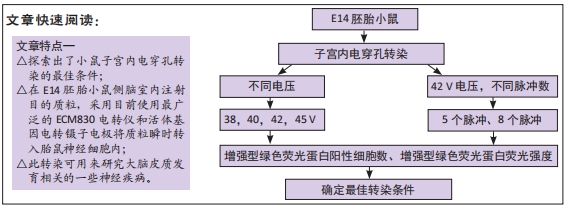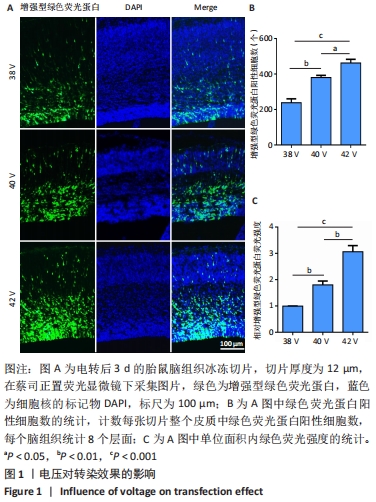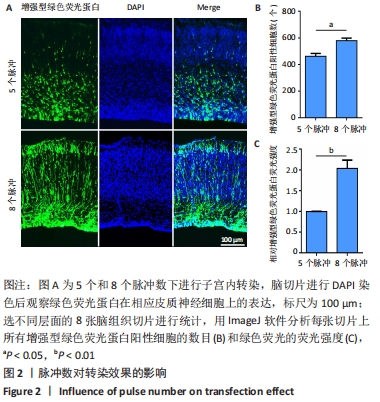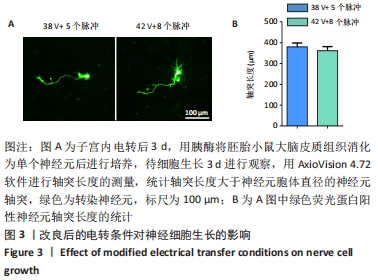[1] 方富贵,张丽霞,李福宝.神经干细胞的研究进展[J].四川畜牧兽医, 2002,29(11):28-29,31.
[2] TEMPLE S. The development of neural stem cells. Nature. 2001;414(6859): 112-117.
[3] GUY B, ZHANG JS, DUNCAN LH, et al. Human neural organoids: Models for developmental neurobiology and disease. Dev Biol. 2021;478:102-121.
[4] GUILLEMOT F, MOLNÁR Z, TARABYKIN V, et al. Molecular mechanisms of cortical differentiation. Eur J Neurosci. 2006;23(4):857-868.
[5] DOUGLAS RJ, MARTIN KA. Neuronal circuits of the neocortex. Annu Rev Neurosci. 2004;27:419-451.
[6] GUO Z, CHEN M, CHAO Y, et al. RGCC balances self-renewal and neuronal differentiation of neural stem cells in the developing mammalian neocortex. EMBO Rep. 2021;22(9):e51781.
[7] RAKIC P, LOMBROSO PJ. Development of the cerebral cortex: I. Forming the cortical structure. J Am Acad Child Adolesc Psychiatry. 1998;37(1):116-117.
[8] WANG XL, MA YX, XU RJ, et al. c-Myc controls the fate of neural progenitor cells during cerebral cortex development. J Cell Physiol. 2020;235(4):4011-4021.
[9] WU S, WEI T, FAN W, et al. Cell cycle during neuronal migration and neocortical lamination. Int J Dev Neurosci. 2021;81(2):209-219.
[10] LIU HK, WANG Y, BELZ T, et al. The nuclear receptor tailless induces long-term neural stem cell expansion and brain tumor initiation. Genes Dev. 2010;24(7):683-695.
[11] REIF A, FRITZEN S, FINGER M, et al. Neural stem cell proliferation is decreased in schizophrenia, but not in depression. Mol Psychiatry. 2006;11(5):514-522.
[12] POTTER H. Transfection by electroporation. Curr Protoc Immunol. 2001;Chapter 10:Unit 10.15.
[13] POTTER H. Transfection by electroporation. Curr Protoc Mol Biol. 2003;Chapter 9:Unit 9.3.
[14] PACARY E, GUILLEMOT F. In Utero Electroporation to Study Mouse Brain Development. Methods Mol Biol. 2020;2047:513-523.
[15] MEYER-DILHET G, COURCHET J. In Utero Cortical Electroporation of Plasmids in the Mouse Embryo. STAR Protoc. 2020;1(1):100027.
[16] 冯永杰,陈溪萍,黄娅,等.胎鼠子宫内电穿孔检测胎鼠脑生物学形态指标[J].中国血液流变学杂志,2013,23(3): 395-397.
[17] 詹从清,黄静,魏燕燕,等.小鼠大脑皮质神经元电穿孔转染条件的优化[J].神经解剖学杂志,2011,27(3):253-257.
[18] 徐锋,吕杨,谢院生,等.原代大鼠肾小球系膜细胞最佳电转染条件的探索和验证[J].解放军医学院学报,2010,31(5):459-461.
[19] 韦善文,马艳霞.小鼠背根神经节取材与电穿孔转染的条件优化[J].中国血液流变学杂志,2018,28(4):377-379.
[20] 陈鑫,卢亦成.子宫内电穿孔技术在神经系统发育中的研究[J].国际神经病学神经外科学杂志,2009,36(6):542-544.
[21] KUBINIEC RT, LIANG H, HUI SW. Effects of pulse length and pulse strength on transfection by electroporation. Biotechniques. 1990;8(1):16-20.
[22] 岳英杰,费昶,张健.神经干细胞向神经元分化调控的研究进展[J].现代生物医学进展,2012,12(3):584-587.
[23] ROSIN JM, KURRASCH DM. In utero electroporation induces cell death and alters embryonic microglia morphology and expression signatures in the developing hypothalamus. J Neuroinflammation. 2018;15(1):181.
[24] HAMABE-HORIIKE T, KAWASAKI K, SAKASHITA M, et al. Glial cell type-specific gene expression in the mouse cerebrum using the piggyBac system and in utero electroporation. Sci Rep. 2021;11(1):4864.
[25] TANIGUCHI Y, YOUNG-PEARSE T, SAWA A, et al. In utero electroporation as a tool for genetic manipulation in vivo to study psychiatric disorders: from genes to circuits and behaviors. Neuroscientist. 2012;18(2):169-179.
[26] PRODROMIDOU K, PAPASTEFANAKI F, SKLAVIADIS T, et al. Functional cross-talk between the cellular prion protein and the neural cell adhesion molecule is critical for neuronal differentiation of neural stem/precursor cells. Stem Cells. 2014;32(6):1674-1687.
[27] MA YX, WANG XL, CHEN JQ, et al. Differential Roles of Glycogen Synthase Kinase 3 Subtypes Alpha and Beta in Cortical Development. Front Mol Neurosci. 2017;10:391.
[28] MURALIDHARAN B, D’SOUZA L, TOLE S. An Efficient System for Gene Perturbation in Embryonic Hippocampal Progenitors Using Ex Vivo Electroporation Followed by In Vitro Dissociated Cell Culture. J Exp Neurosci. 2018;12:1179069518767404.
[29] WANG K. Manipulating Potassium Channel Expression and Function in Hippocampal Neurons by In Utero Electroporation. Methods Mol Biol. 2018; 1684:1-5.
|



